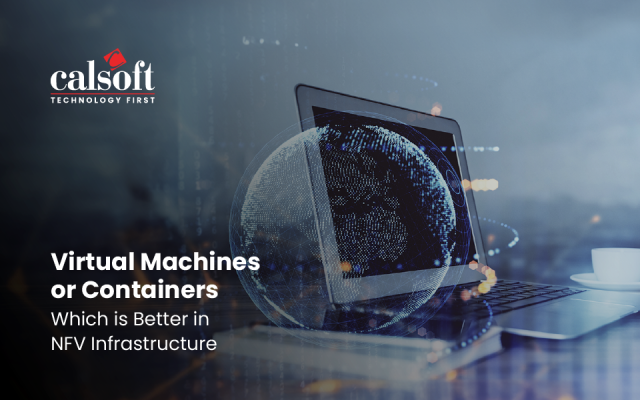
Virtual Machines or Containers. Which is Better in NFV Infrastructure?
Discover whether Virtual Machines or Containers are better for NFV infrastructure. Explore their benefits, challenges, and impact on 5G networks.

The Use Case for Kubernetes at the Edge
Know about the latest developments in how Kubernetes is simplifying the edge deployments.

6 Ways to Secure Your Kubernetes Installations
Explore the different ways to approach container security effectively for a secure architecture and a hardened Kubernetes.
Why the Service Mesh Will Be Essential for 5G Telecom Network
It is worth saying that service mesh technologies like Istio, Linkerd, Aspen Mesh, Consul Connect, and others play a key role in making sure better control in heterogeneous environments that have a dynamic requirement in terms of delivery.
XGVela: Bring More Power to 5G with Cloud Native Telco PaaS
XGVela integrates CNCF projects based on telco requirements to form General-PaaS. It is architected kept in mind the microservices design method for network function development and further integrated into telco PaaS.
Discover Edge Devices Intelligently with Akri in Kubernetes-Powered Edges
The Akri framework helps expose IoT devices as resources and creates services for each device in Kubernetes clusters.

Kubernetes Security: Key Factors to Consider
Here are six ways organizations can increase their Kubernetes security

Demystifying Persistent Storage Myths for Stateful Workloads in Kubernetes
Kubernetes provides workload portability. That is, any workloads should spontaneously run on any type of infrastructure where Kubernetes clusters are deployed. In the case of handling stateful workloads, it may not easy to set up persistent storage but it is not impossible

How is Kubernetes Leading the Game in Enabling NFV for Cloud Native?
Read this article to know about how NFV core is driven by cloud-native projects, lead by Kubernetes to the orchestration of most of the projects plus managing containerized network functions.

Analysis of Kubernetes and OpenStack Combination for Modern Data Centers
How do Kubernetes and OpenStack integrate and what are the benefits? Sagar Nangare has the answers.
